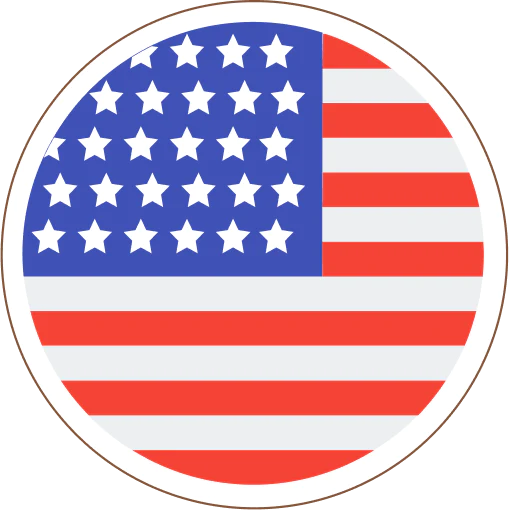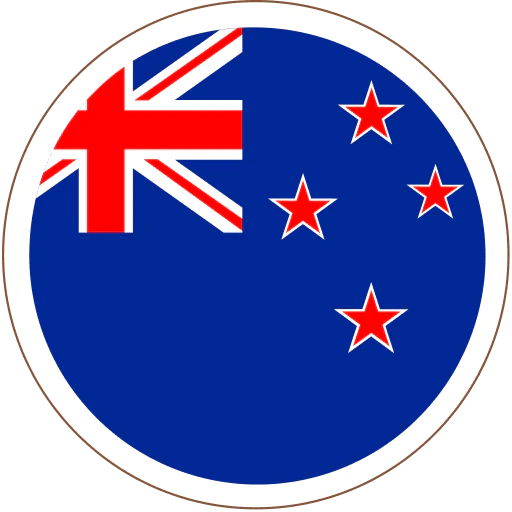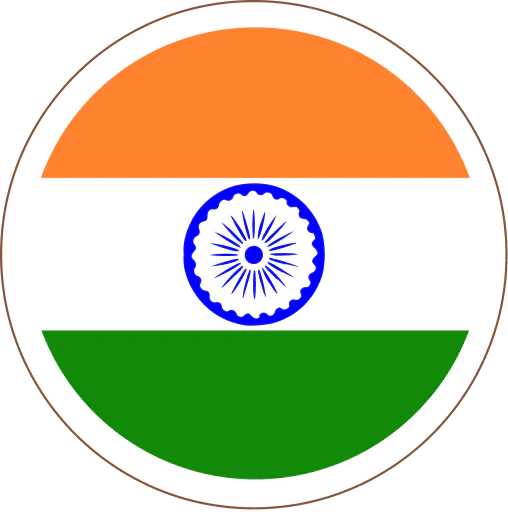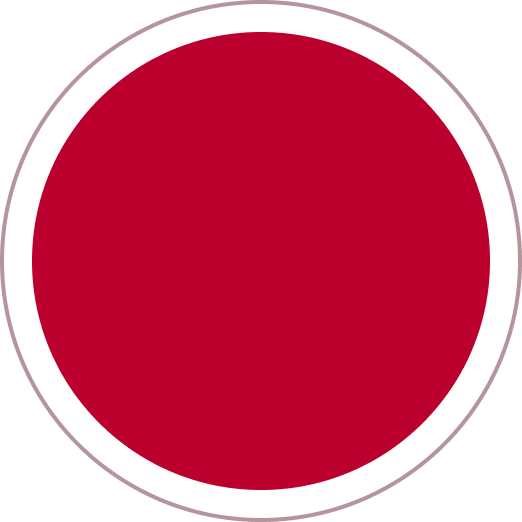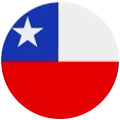TCF (Totally Chlorine Free) and ECF (Elemental Chlorine Free) diapers is a hot topic for many customers and we always want to be as transparent as possible about our ingredients. There is LOTS of conflicting and confusing information out there, so we encourage you to look for true scientific sources of information (which we have included below), and not just automatically follow what every blogger or influencer shares on social media.
Historically pulp bleaching was done by using Elemental Chlorine, but the byproduct from this process was Dioxins, which are toxic compounds that had negative effects on the environment around and downstream from pulp mills. To solve this environmental issue, the Environmental Protection Agency issued new rules in the 1990s and the industry changed their process to ECF by eliminating the Elemental Chlorine and instead using Chlorine Dioxide. Despite the similar names, Chlorine Dioxide is COMPLETELY different from Dioxins. Thanks to continuous improvements, the ECF bleaching process is now an environmentally safe and effective process that thankfully has reversed the earlier damage caused to the environment.
Around the same time the EPA issued their new rules in the 1990s, the TCF process was developed in Sweden to meet very strict Swedish environmental regulations. This process uses neither Elemental Chlorine nor Chlorine Dioxide and instead uses hydrogen peroxide, ozone and oxygen to achieve the bleaching. This eliminated Dioxins as a byproduct. Initially many believers thought the TCF process would completely take over as the future manufacturing and bleaching process for wood pulp. However, today only around 4% of global wood pulp production uses the TCF process. The reason for this is that the ECF process has evolved to be perfectly safe. Sweden is a large producer of wood pulp and despite being in the forefront of environmental regulations, no more TCF mills have been built, while a number of new ECF mills have been built since the previous environmental concerns from ECF mills have been solved.
It turns out that the TCF process has a number of drawbacks, the biggest is that it requires more energy and also results in a lower yield from the process, which means more wood has to be harvested and processed, contributing to even higher energy use. Because of these drawbacks, it cancels out any environmental benefits compared to the ECF process. This also contributes to higher costs and has made new TCF mills uncompetitive.
In the name of full transparency, Terra Diapers are made with American made ECF pulp sourced from sustainably managed, FSC certified forests. We have had our diapers independently tested and they are confirmed to be chlorine free, as well as free of phthalates, fragrances, latex, parabens and bleach. Babies' skin is extremely sensitive, up to 5x thinner than adult skin and much more absorbent, so we ensure Terra products are free from harmful chemicals. You can see all of our test certificates on our Transparency page. The information regarding no chlorine detected in our products is on page 11 of the Intertek Report.
While we understand there is a lot of “noise” out there from bloggers, influencers and others on TCF vs. ECF diapers, we encourage you to look for true scientific sources of information. Dioxins are found throughout the environment in soil, water and air, but the highest levels (more than 90%) of human exposure is actually through food, so the concern and internet hoopla about TCF and ECF diapers is largely a non-issue.
In summary, are both ECF diapers and TCF diapers safe for babies? Yes, the pulp in diapers made with either the ECF or TCF method are totally safe. The discussion around TCF or ECF is truly an environmental issue, not a health or safety issue, even though some companies and bloggers want you to believe that. The original concern was with dioxins in general and especially dioxins released into the environment from the Elemental Chlorine bleaching process. However, as mentioned above, this issue has been virtually eliminated thanks to modern ECF pulp processing technology, and today’s experts actually disagree about which method is currently the most environmentally friendly. According to the European BAT/BREF document for Pulp and Paper, the two technologies are considered equal from an environmental perspective.
Based on this we have come down on the side of ECF as a safe and clean process with today’s modern processing technology. The TCF method is good, but it comes with the drawbacks of higher energy usage and the need for more wood being harvested, both contributing to global warming. With both TCF and ECF being totally safe for use in diapers, we believe the future of global warming is a bigger danger to our babies and toddlers, and therefore reducing energy usage and keeping more forests is more important for their future.
For more information about all of our product ingredients and test results, please check out our Transparency page.
Sources:
Environmental performance of modern ECF bleaching
A comparison of the methods for bleaching pulp. ECF versus TCF.
Environmental Aspects of ECF and TCF Chemical Woodpulp Bleaching
Facts About the Use of Bleaching Agents in Tissue and Paper Towel Manufacturing

